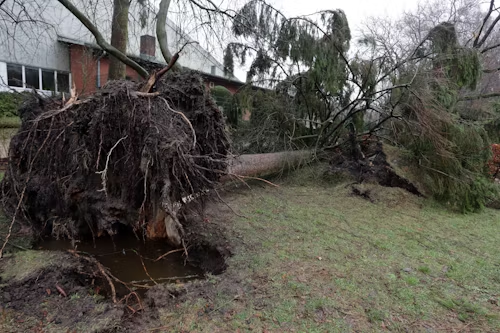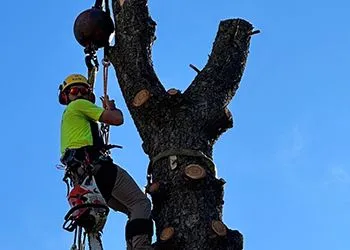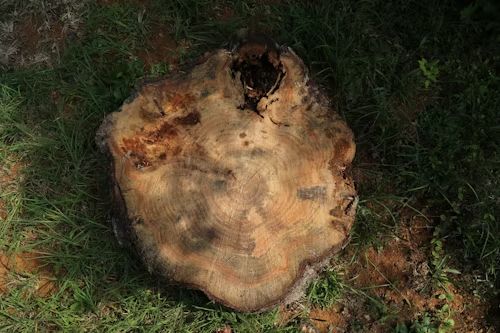Warning Signs that a Tree Is More Prone to Toppling in High Winds

Strong winds can pose a serious threat to trees, especially those that are already weakened or structurally compromised. While healthy, well-rooted trees can typically withstand storms, those issues are much more likely to fall—posing a danger to homes, vehicles, and people. Spotting the warning signs early can help you take preventive action before disaster strikes. At Abundant Tree Care Services, our local arborists can identify and safely remove hazardous trees. Here are four signs that a tree in your yard may be more likely to topple over in high winds.
Tilting Trunk
A tree that’s leaning noticeably to one side is one of the clearest indications of potential instability. While some trees naturally grow at a slight angle, a recent or worsening lean often suggests problems below ground, such as weakened roots or shifting soil. A sudden change in position—especially after heavy rain or strong winds—can mean that the tree’s root system is no longer securely anchored. If you notice this, it’s important to have the tree inspected by an arborist right away.
Root Damage/Uplifted Soil
Roots are the foundation of a tree’s stability, and when they’re damaged, the entire structure is at risk. Look for signs of root problems such as exposed or decaying roots, cracked soil around the base, or areas where the ground appears raised on one side. These can indicate that the tree’s root plate is beginning to lift—an early warning that the tree may not be able to withstand another strong storm. Construction, poor drainage, or compacted soil can also contribute to root weakness.
Cracks in the Trunk or Major Branches
Cracks in the trunk or main limbs are signs of structural stress. These weaknesses can worsen under high wind pressure, increasing the risk of the tree breaking apart or falling.
Dead or Diseased Sections
Dead branches, thinning foliage, or signs of disease—such as fungi—often indicate that a tree’s health is declining. Advanced disease can make a tree much more prone to toppling. Treating diseases early or removing dead sections can help restore stability and prevent failure.
Hazardous Tree Removal in De Soto, IL
For expert
arborist services in De Soto, Carbondale, and Southern Illinois, contact Abundant Tree Care Services at
618-227-2881. Feel free to give us a call to request an estimate!




